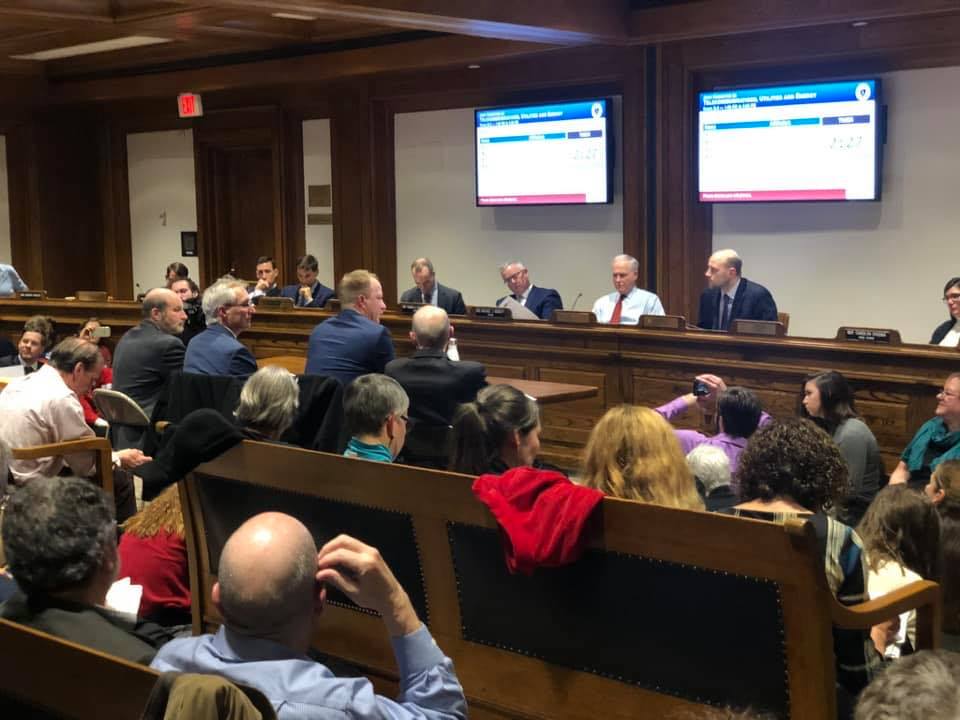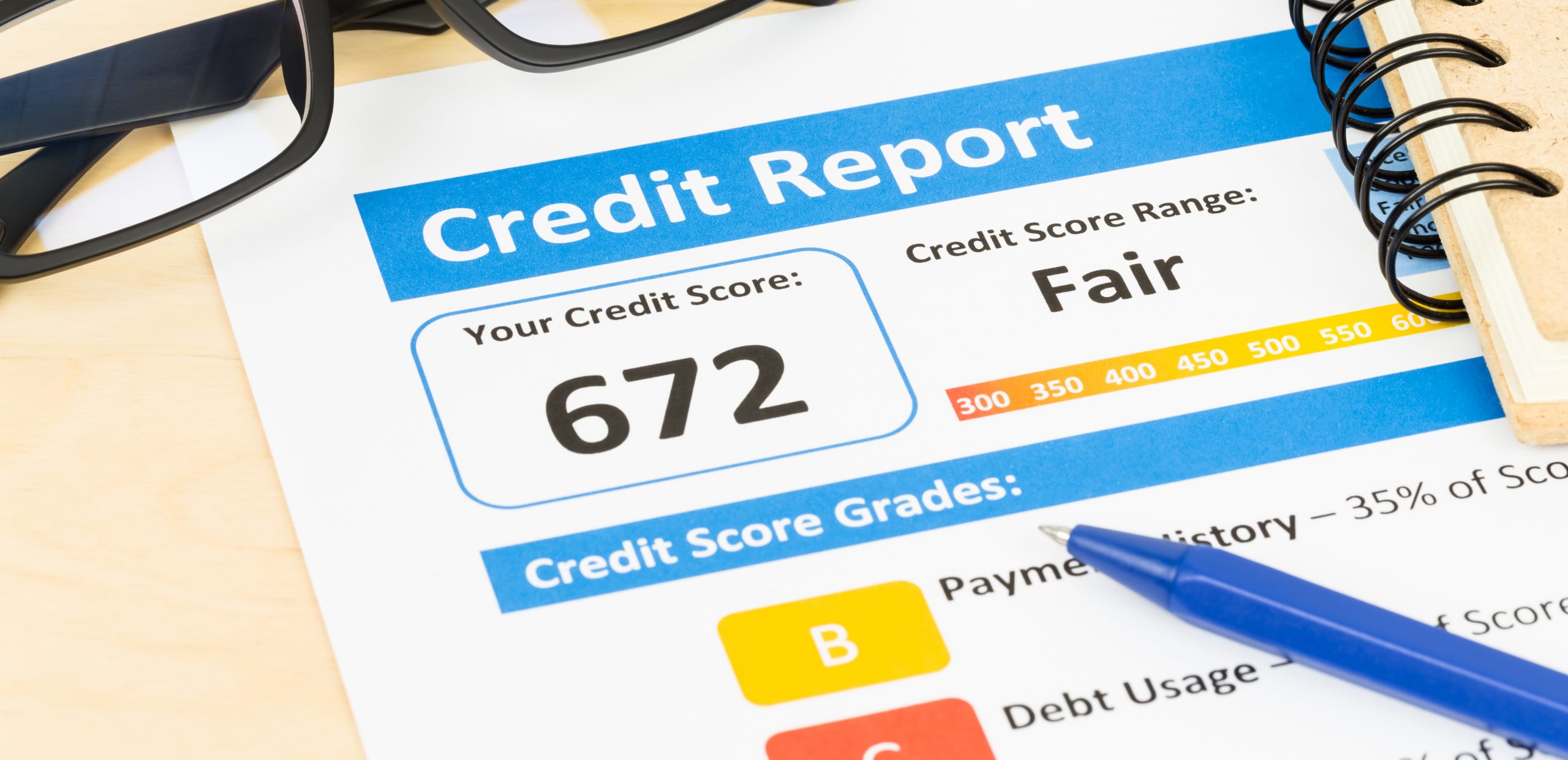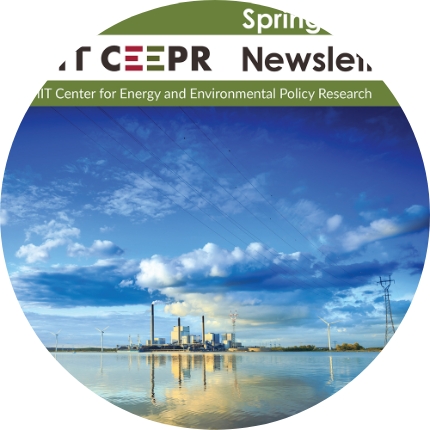
Study: State-level adoption of renewable energy standards saves money and lives
MIT researchers review renewable energy and carbon pricing policies as states consider repealing or relaxing renewable portfolio standards.
SEE FULL ARTICLE
Zeroing in on decarbonization
To avoid the worst impacts of climate change, the world’s electric energy systems must stop producing carbon by 2050. “My work has shown me that we do have the means to tackle the problem…”
SEE FULL ARTICLE
Carbon Price, Competitive Supply, and Consumer Protection
On January 14, 2020, Professor Christopher Knittel testified before the Joint Committee on Telecommunications, Utilities, and Energy at the Massachusetts State House. Read his full statement here.
SEE FULL ARTICLE
Using Machine Learning to Target Treatment: The Case of Household Energy Use
In this Working Paper, the researchers use causal forests to evaluate the heterogeneous treatment effects (TEs) of repeated behavioral nudges towards household energy conservation and find suggestive evidence of a “boomerang effectâ€: households with lower consumption than similar neighbors are the ones with positive TE estimates.
SEE FULL ARTICLE
Social Comparison and Energy Conservation in a Collective Action Context
In this CEEPR Working Paper, the authors report results from a social comparison feedback experiment incentivizing a reduction of indoor temperatures during the heating season. Despite the fact that most study participants did not face direct financial benefits from lowering heating energy consumption, the results show a statistically significant treatment effect of -0.54°F (-1.2%).
SEE FULL ARTICLE
Machine Learning for Solar Accessibility: Implications for Low-Income Solar Expansion and Profitability
The US solar industry typically uses a standard credit score as a factor in approving customers for new installations. The authors of this paper compare machine learning and econometric models to predict the probability of default to credit-score cutoffs.
SEE FULL ARTICLE
Subscribe To Our Newsletter
Subscribe now and check outour Past newsletters


